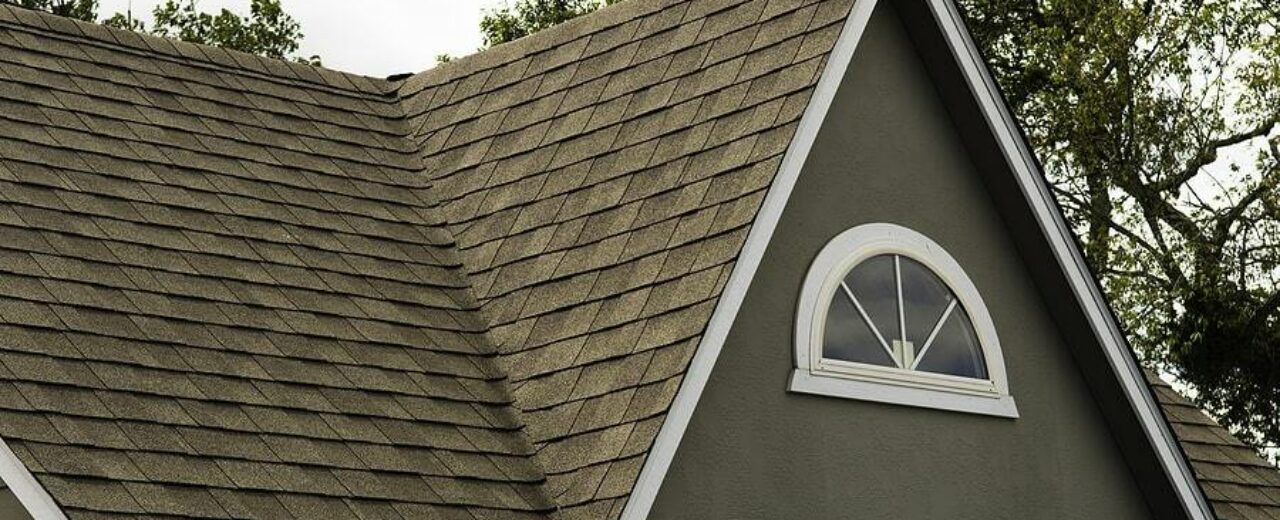What Is a Roof Valley and Why Does It Matter
When inspecting your roof, you may notice areas where two slopes meet and form a V-shaped channel. This area is known as a roof valley, and it plays a crucial role in the health and performance of your roofing system.
What Is a Roof Valley?
A roof valley is where two sections of your roof meet at an inward angle, forming a channel that directs water down to your gutters. Valleys are typically lined with flashing or underlayment to efficiently guide water away. They can be open (where the metal flashing is visible) or closed (where shingles cover the valley), depending on your roof’s design and material.
Because valleys handle a high volume of water, they are one of the most critical and vulnerable parts of your roofing system.
Why Do Roof Valleys Matter?
- Water Management
The primary role of a roof valley is to safely direct water off your roof during heavy rains or snowmelt. Valleys channel water to your gutters, preventing pooling and leaks in vulnerable areas. If valleys are not installed correctly or become clogged, water can back up and seep under your shingles, leading to leaks and water damage inside your home. - Preventing Roof Leaks
Valleys are a common point of failure on many roofs, particularly if they are improperly installed or not properly maintained. Leaves, pine needles, and debris can accumulate in valleys, blocking water flow and causing moisture to penetrate under the roofing materials. Regular inspections and cleaning help protect your home from costly leaks. - Supporting Roof Longevity
Because valleys handle the most water runoff, they are prone to faster wear compared to other parts of your roof. Using high-quality flashing materials and proper installation techniques helps extend the lifespan of your roof. Investing in professional installation ensures valleys are sealed correctly, reducing the risk of premature roof failure. - Protecting Structural Integrity
A failing roof valley can allow water to seep into your attic and then into your walls, leading to wood rot, mold growth, and damage to your insulation. By maintaining your roof valleys, you protect the structural integrity of your entire home, reducing the risk of hidden water damage that can be expensive to repair. - Improving Roof Performance During Winter
In areas that receive heavy snow, valleys can collect snow and ice, increasing the risk of ice dams. Ensuring your attic is properly ventilated and insulated can help prevent ice buildup in valleys, allowing snow to melt and drain efficiently. This keeps your roof performing optimally even during harsh winter conditions.
Final Thoughts
Roof valleys are a small but vital part of your roofing system. Their role in channeling water, preventing leaks, and protecting your home’s structure makes them essential for the health of your roof. If you notice debris buildup, signs of wear, or leaks near your roof valleys, it’s important to schedule a professional inspection.
At The Roofing Center, we specialize in inspecting, repairing, and installing roof valleys to ensure your roof performs its best year-round. Contact us today for a Peace of Mind Inspection to keep your roof valleys clear, functional, and ready to protect your home.


